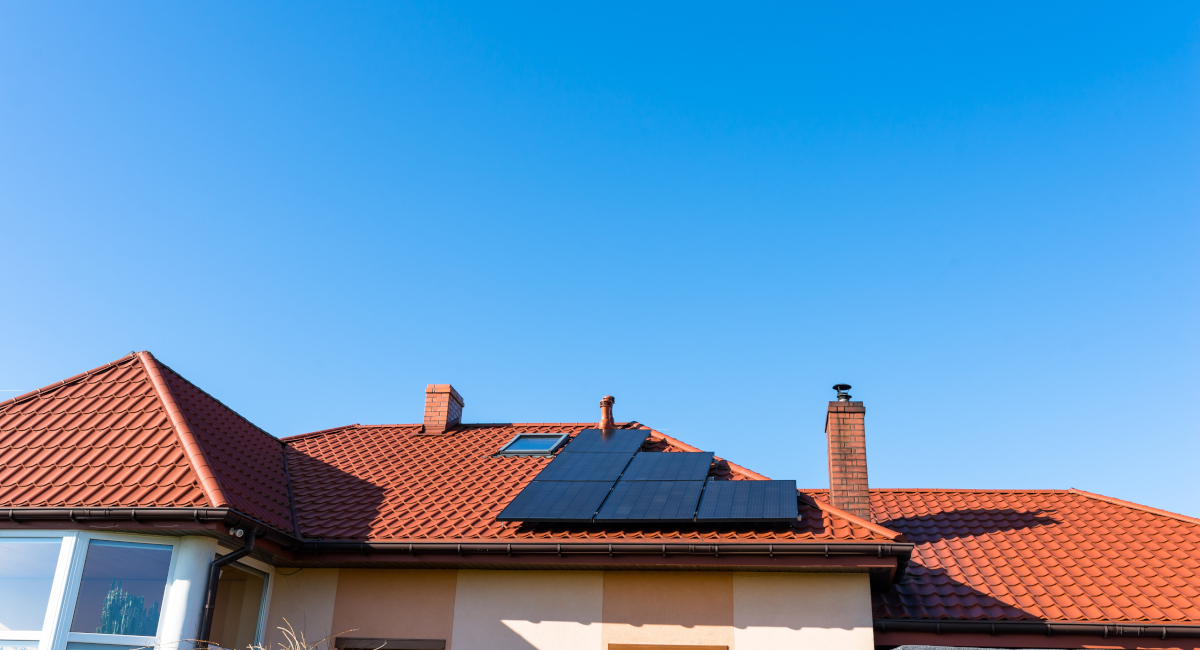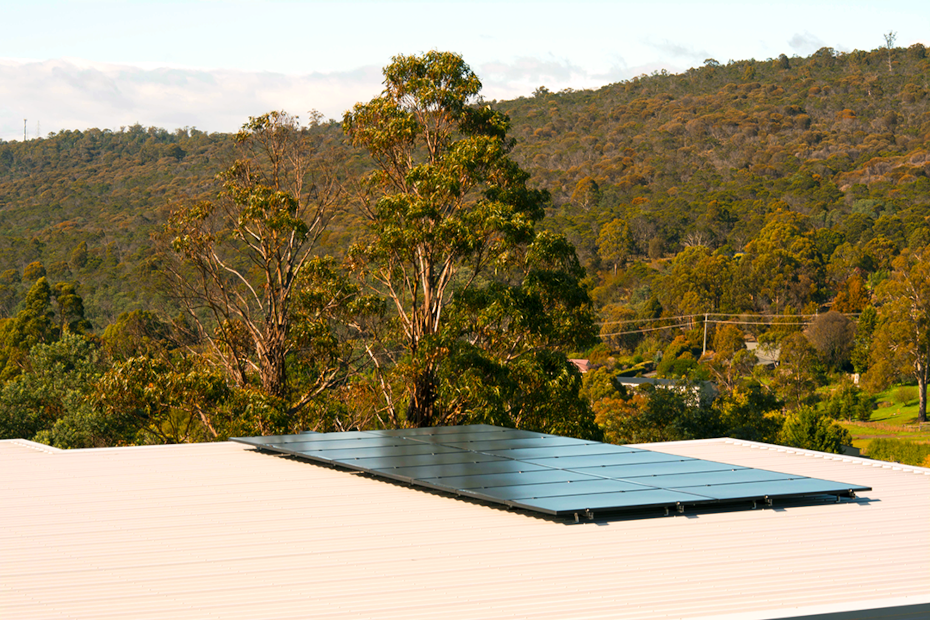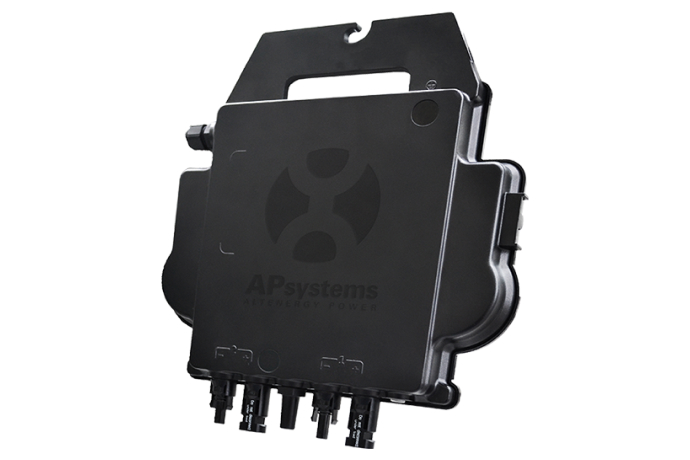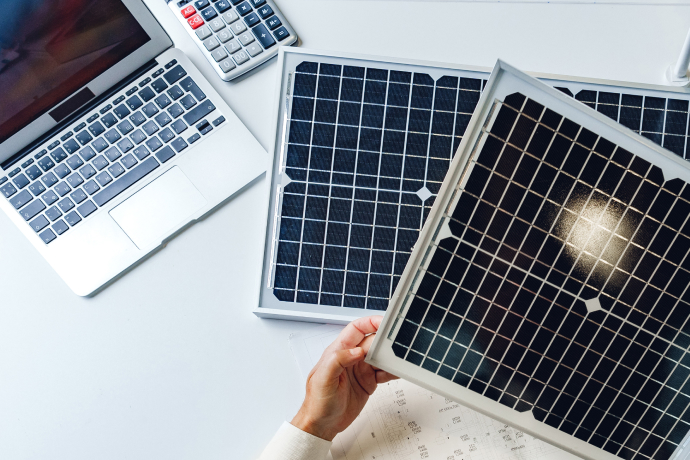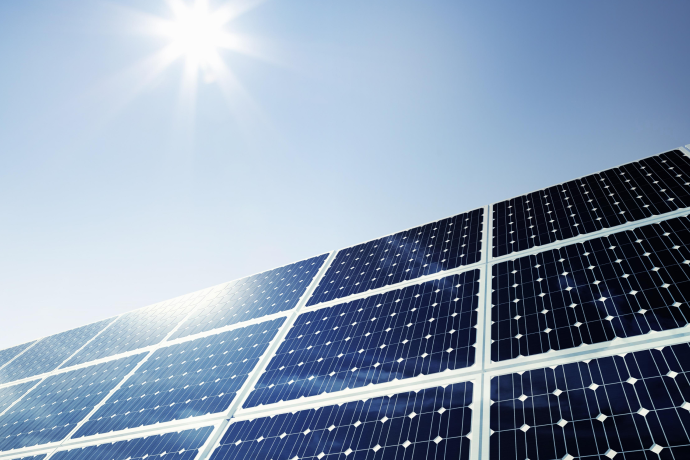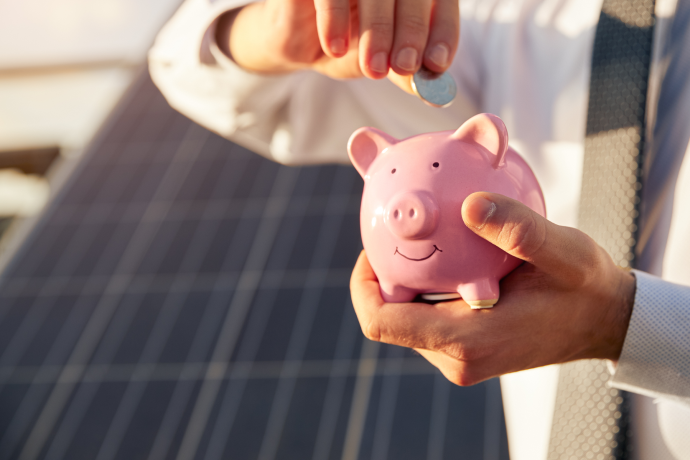For the vast majority of people, the driving motivation for a solar purchase is to significantly reduce, or wipe out electricity bills altogether. For most of us, solar is an investment, and we want to see a return.
There’s a wide spectrum of potential savings. You might save a few hundred dollars per year to literally thousands. You could reduce your electricity bills by half, two thirds, or pay no electricity bill at all. While feed in tariffs remain, you may even make a little money. It’s quite common now to see people having paid $800 last quarter to receiving a credit of $15 next quarter.
Bodybuilding dumbbells – buy cheap – GO Sport british dispensary lordius’s journal: bodybuilding: my three basic tips.
There are very useful usage household electricity averages and predictors. It’s interesting to note that most of us will fall into a typical category. Believe it or not, households across Australia share many lifestyle similarities relative to electricity usage.
That said, the devil is often in the detail. While our similarities are indeed pronounced, there are many aspects of our home lives that are unique to each household. To maximise solar savings, a solar system should be tailored to a household’s unique electricity demands and circumstances.
Making a return on your solar investment starts well before you install a fancy new solar system. Research and planning are critical to obtaining the electricity savings you have heard so much about, and envisaged for your household.
In the following article, we’re going to demonstrate the potential savings you can secure with solar. Done right, a solar system is a very smart investment.
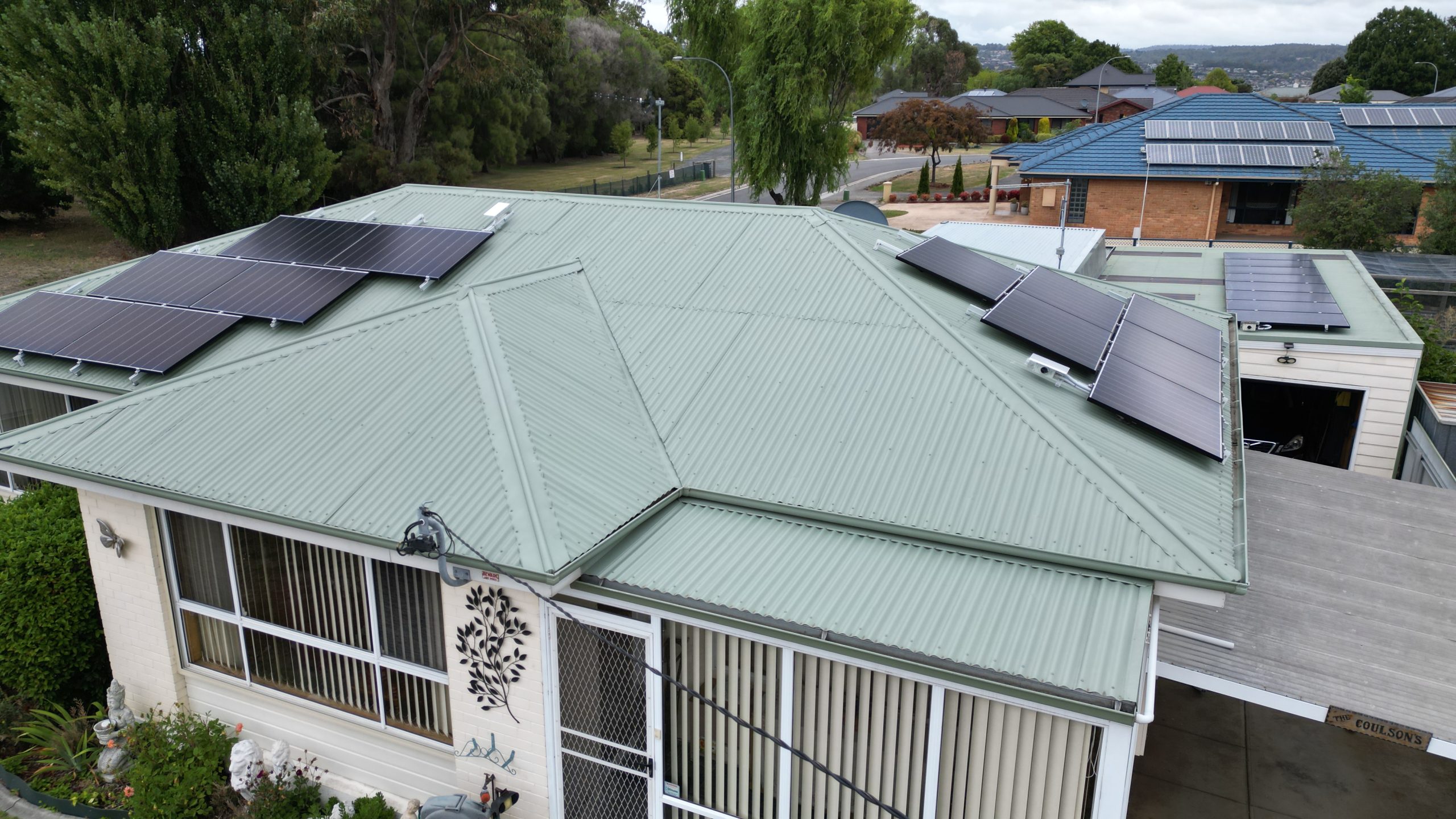
Example Solar Panel Savings
As mentioned in the introduction, the devil is in the detail. However, let’s look at a highly simplified, bare bones hypothetical, just so we can gently get into the solar savings groove. There are no feed in tariffs included in this equation, which if included would make the figures slightly better.
- You currently consume 8000kW hours of electricity per year. This electricity cost you $800 per quarter, or $3,200 per annum.
- You purchase a standard, good quality 6.6kW solar system (very popular and common with families) for $6,500. It will last for 25 years.
- Your solar system produced 8,000kW hours of electricity in the first year. Of this amount, you were able to use 75% running your home. The other 25% you took from the grid.
- In this instance, you reduced your electricity bill by 75%. This year you paid only $800 to your electricity retailer. You saved $2,400.
- Let’s assume this pattern continues for 25 years. Within 3 years, your solar system has paid for itself. For the next 22 years, the savings go to you.
- Over the next 22 years, assuming the same usage and grid electricity cost, you save $52,000. Like…Wow!
Nothing is ever quite so neat and tidy as the example above. However, even without nuance and detail, these sorts of figures are very much attainable for the average Aussie solar family.
In this instance, the long-term savings are substantial. Even if the home in this example managed to use only 50% of the electricity they generated (a pretty low figure), they would have paid for the system within 4 years and saved over $33,000 over the life of the system.
25 years hence, the savings from this system more than covers the purchase price of a new, even better system with huge savings potential still remaining.
Yes, the scenario above fails to include a few realities and makes several assumptions. Let’s identify them.
- This scenario does not take feed in tariffs into account. Effectively, the household will likely receive a small return on unused electricity sent to the grid. Feed in tariffs change from state to state and it’s typically 2-3 times more effective to use the electricity you generate yourself, than it is to feed it to the grid. It’s been omitted on from this example.
- This scenario assumes that you will continue to live at this property for the life of the system. Of course, if you move, you will not realise all of the savings. However, having a solar system will indeed add value to your home if you sell. Estimates suggest a modest, quality 5kW system can add around $30,000 to the value of your home. Even if you sell, solar is still a smart investment.
- This scenario assumes no increase or decrease in electricity usage. While many families stay pretty constant, many more fluctuate as life does over the span of 25 years. 25 years may see a five person household reduced to only two. The converse is also possible. Families have a funny habit of growing unexpectedly.
Further to this, the addition of new appliances will impact consumption. The family may purchase two electric cars, install a large pool, or add three new rooms. This scenario does not include the potential for a very big increase in electricity consumption.
- Importantly, this scenario assumes the household was fitted with a good quality system. Cheap solar is a high stakes, high odds lottery. Avoid it like the plague.
- Some companies and solar retailers provide finance for the system purchase. This scenario also assumes you paid for your system up front.
- We’re also assuming here that grid / retail electricity prices remain the same. Now that’s a stretch. One can assume, however, that the savings in this scenario, relative to electricity price increases, are substantially more.
- Over time, your solar system will gradually lose some efficiency. We’ve not incorporated this equation into the scenario.
Solar Savings When Adding A Battery
For argument’s sake, lets add a top of the range, wiz-bang Tesla solar battery. Effectively, this allows the household above to use 100% of the electricity the solar system generates.
Continuing on from the example above:
- A top of the range battery cost them $15,000. This took the overall system outlay up to $21,500.
- The system allowed them to live completely free of grid electricity. This is saving them the on-grid electricity usage of $3,200 per annum.
- The system paid for itself in roughly 8 years. For the next 17 years, the household paid no electricity bill. Over 17 years, this is a savings of $54,000.
That’s absolutely huge. What’s more, the battery allowed them to be completely in charge of their own electricity generation. Electricity independence. With the addition of a couple of useful peripherals, the same household managed to avoid the inconvenience of local blackouts.
Solar Sounds Too Good To Be True?
While this scenario might be deemed best case, it’s by no means unreasonable at all. In fact, for savvy solar customers, such a scenario is genuinely indicative. If you do your homework, choose quality systems and take advice from a reputable dealer, such an outcome is easily achievable for the average Aussie home.
While we could go into many other examples, the principles of benefitting from a solar investment are the same. Moreover, we could present multiple different lifestyle / homelife scenarios and never quite capture your circumstance.
The conversation goes like this: do you have a small, average, or large size home? Do you have $5,000 to $10,000 to spend? If not, could you save this amount for an investment? Is your annual electricity usage 2500kW hours to 15,000kW hours and beyond (not so far beyond that you’d be able to power a football stadium)? Well then, Solar is a smart choice, and the solar switch is worth it.
There are some pretty big qualifications to that last statement. Solar suitability and the amount you can save will vary greatly.
Variables That Impact On Solar Savings
There is quite the list of variables that will impact the amount you can save with your solar system. Let’s have a look at the key issues that impact the long term value of your investment.
→ Your Home and Its Location
- Some locations are better for solar. For example, southern Queensland is a better solar location than southern Tasmania. All this means is that the system you purchase should be appropriate for your location.
If you live in an extremely hot location, for example, you may only get long term benefits from very high quality solar panels. Cheap, or even standard panels may not deliver the type of savings you want. - The ideal orientation for solar panels is a north facing roof. If you don’t have this, you may find that you need more panels to compensate, or you may find that you have a limited maximum return.
It’s critical that you don’t get turned off by such situations. Remember, even at 40% or 50% efficiency, you can still get huge electricity savings over the life of your investment. - You might have a very small roof or higher than average electricity usage. This could require the purchase of high efficiency solar panels. This means your outlay will be higher and return on investment a little longer.
In this instance, skimping on panel efficiency is a big no-no. Make sure you weigh up professional advice and do the sums. - Your electricity consumption may already be exceptionally low with much of your usage occurring during the evening. Such circumstances can be challenging. While a smaller system is required, it still may take significantly longer to repay the outlay.
→ Planning. Getting the Right System for Your Home
Before you purchase, get informed about solar and speak with reputable professionals. You should also have a thorough understanding of your electricity usage throughout all stages of the year. Your current, recent, and past electricity bills are a great place to start.
Include all the dreams and desires you have for renovations, new inclusions, and additions to the family. You want a system that will cover your future needs. If it’s not financially viable now to buy a size to cover the future, make sure the one you purchase is expandable.
The more information you can provide a solar professional, the better advice you will receive.
The best advice ever, aside from insisting on a quality system, is getting a system large enough to suit your situation. If you embark on your solar journey underpowered, it’s quite likely that you’re are going to be disappointed.
You are far better off to pay more money and get way more than you need than go undersized and have to address it later. If you have the roof space, get a system that covers much more than your usage suggests you need.
Discuss efficiency loss over time with your solar professional. You may wish to compensate for this reality from the outset by getting a larger system.
→ Avoid Cheap Solar
While the solar world has a high level of consumer support and regulation, it doesn’t stop the determined shonky operators.
Decent 6kW solar systems start around $6,000. You should be wary of suppliers offering a lower price for a system of this size. Only use well established solar providers. Read through all the specifications of the equipment. Make sure you understand what you’re buying and why.
→ Lifestyle
With a solar system, you will maximise electricity savings by using your power hungry appliances while the sun is shining. If you don’t have a quality solar battery, any electricity you use at night will come from the grid. Here’s what you can do to maximise the power drawn from your panels:
- Use clothes dryers, dishwashers, and washing machines during the day between 11am and 3pm. Use the timer devices on your appliances to make this easier
- Avoid charging electric vehicles, such as cars and bikes, or electric tools in the evenings. Charge them during the day
- Switch off as many stand-by appliances as possible at the wall. This can save up to 4% per annum
- Cook meals during the day, and reheat later. Your microwave uses far less electricity than your electric oven and cooktop
- Run your pool filter during the day
- Remove Off-Peak hot water. You definitely don’t want your hot water system heating while it’s dark outside
- Do away with all of your incandescent and halide light bulbs. Install LED. While you’re at it, do you really need a deep freezer? The third bar fridge?
Ok, you get the lifestyle drift. However, we can hear you saying, “But we’re at work and school during the day, much of our usage is in the afternoons and evenings…” This may well be the case.
The idea is to identify changes you can make to reduce evening power draw. The more appliances you can reserve for daytime use, the better.
Obviously, it’s not practical to use no electricity in the evenings. The idea is to reduce power use where you can. Use more power during the day wherever it’s possible.
Alternatively, and if the budget permits, purchase a solar battery. This is perfect for families with high night time power demands.
Conclusion – How Much Can I Save With Solar In Australia?
Over the life of a solar system, an appropriately sized and quality system can save you tens of thousands of dollars. Make no mistake, if you do it right, these numbers are likely for the average family.
Millions of Australians have already gone solar. Subsidies have made the purchase accessible, and millions have discovered the enormous savings that can be made.
Ultimately, the amount you save will be determined by your dedication, your circumstances, and your geography. Of course, the size and orientation of your home will play a big role as well.
But such is the efficiency of quality modern solar technology, even those in the most solar compromised circumstances can find a solar solution that will allow them to benefit from significant savings.
Solar is a wise investment for the average Australian home. The outlay is returned quickly, and you start saving fast. Over the long term, you may even forget you ever had an electricity retailer. The amount you can save over time varies from household to household, but for the average Aussie family, electricity cost savings can be… sensational!

